In memoriam: John Miller (1930-2024)
We remember John Miller, an accomplished British architect and educator who advocated a quiet but rigorous modernism

The architect John Miller died on 24 February 2024, aged 93. In a career that spanned six decades, his reserved but refined approach to modern architecture enamoured him to many important cultural and educational clients around the UK.
John Harmsworth Miller was born in London in August 1930, educated at Charterhouse and then did National Service in North Africa. After studying at the Architectural Association in the early 1950s, Miller undertook his apprenticeship in a London scene that was bursting with post-war optimism and finally in thrall to the modernist ideas that had started circulating before the war.
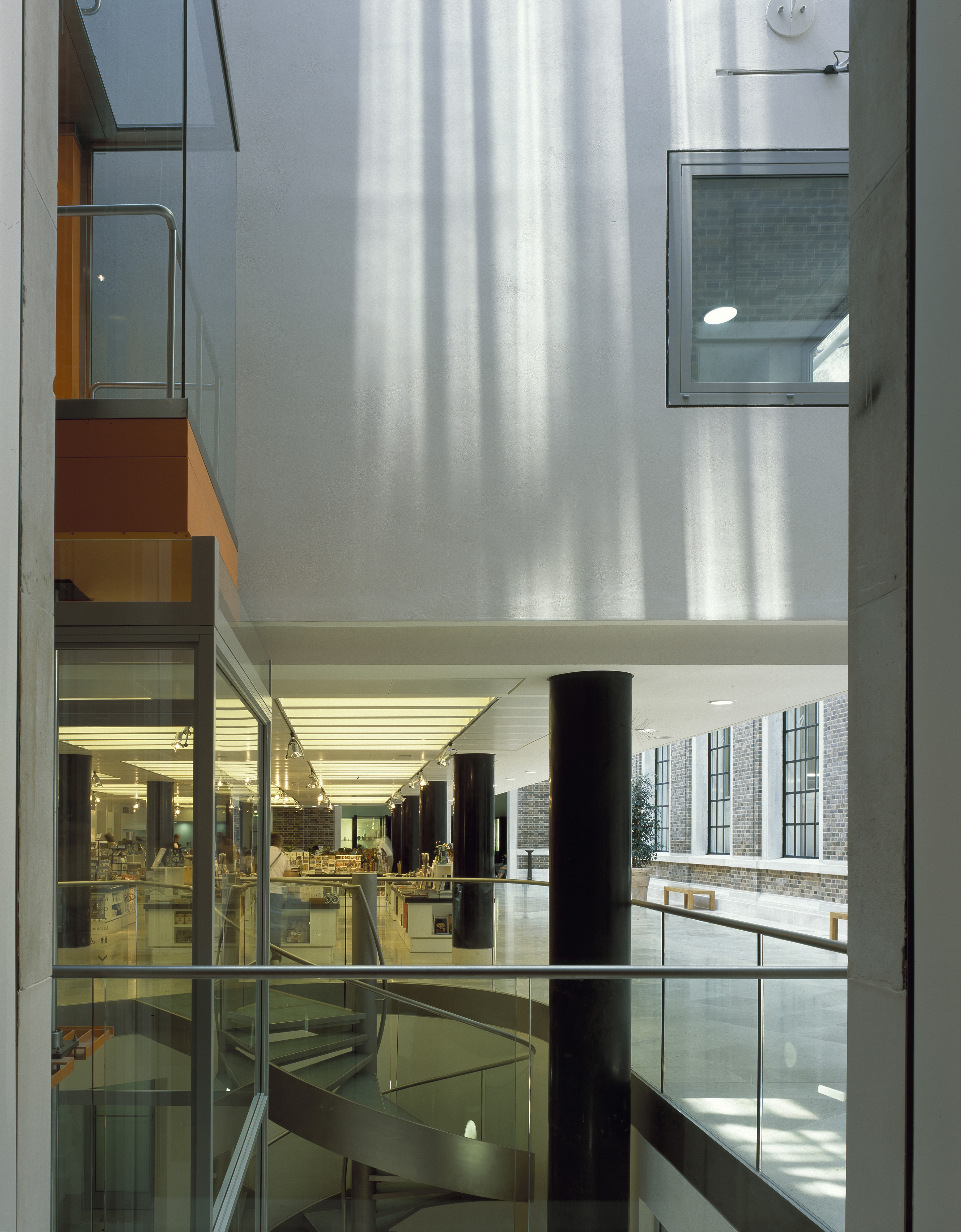
Fitzwilliam Museum, Cambridge
John Miller: his life and work
His contemporaries included James Stirling, Neave Brown, the historian and critic Kenneth Frampton, as well as Alan Colquhoun (1921 – 2012), with whom he founded Colquhoun + Miller in 1961. The office started modestly but soon found itself in demand for its sensitive approach to housing design, as well as major interventions in key cultural buildings.
The most notable of these was perhaps Tate Britain, which was thoroughly overhauled at the turn of the century, to make the most of the space gained by the creation of Tate Modern. Other projects include renovations of the Whitechapel Gallery (1987) and Serpentine Gallery (1998), places where the original architecture had to be respected and retained, as modern facilities were woven into their fabric.

Fitzwilliam Museum, Cambridge
Standalone buildings like the Fitzwilliam Museum in Cambridge and the Brindley Theatre in Runcorn, Cheshire (both completed in 2004, when the practice name had changed to John Miller + Partners to reflect Colquhoun’s retirement), attest to this mix of civic responsibility and respect for history, mixed with a dash of quiet experimentalism.
In addition to the quality of his designs, Miller’s personal life also saw him entwined with the top tier of British architecture. His second wife, Su Brumwell, had been married to Richard Rogers, and one of Miller’s most accomplished residential projects, Pillwood House in Cornwall (1974), was designed for Su’s parents, who had previously commissioned Team 4 (Su Brumwell, Wendy Cheesman, Norman Foster, Richard Rogers and Georgie Wolton) to design Creek Vean. In 1986, Su joined Colquhoun, Miller and Partners.
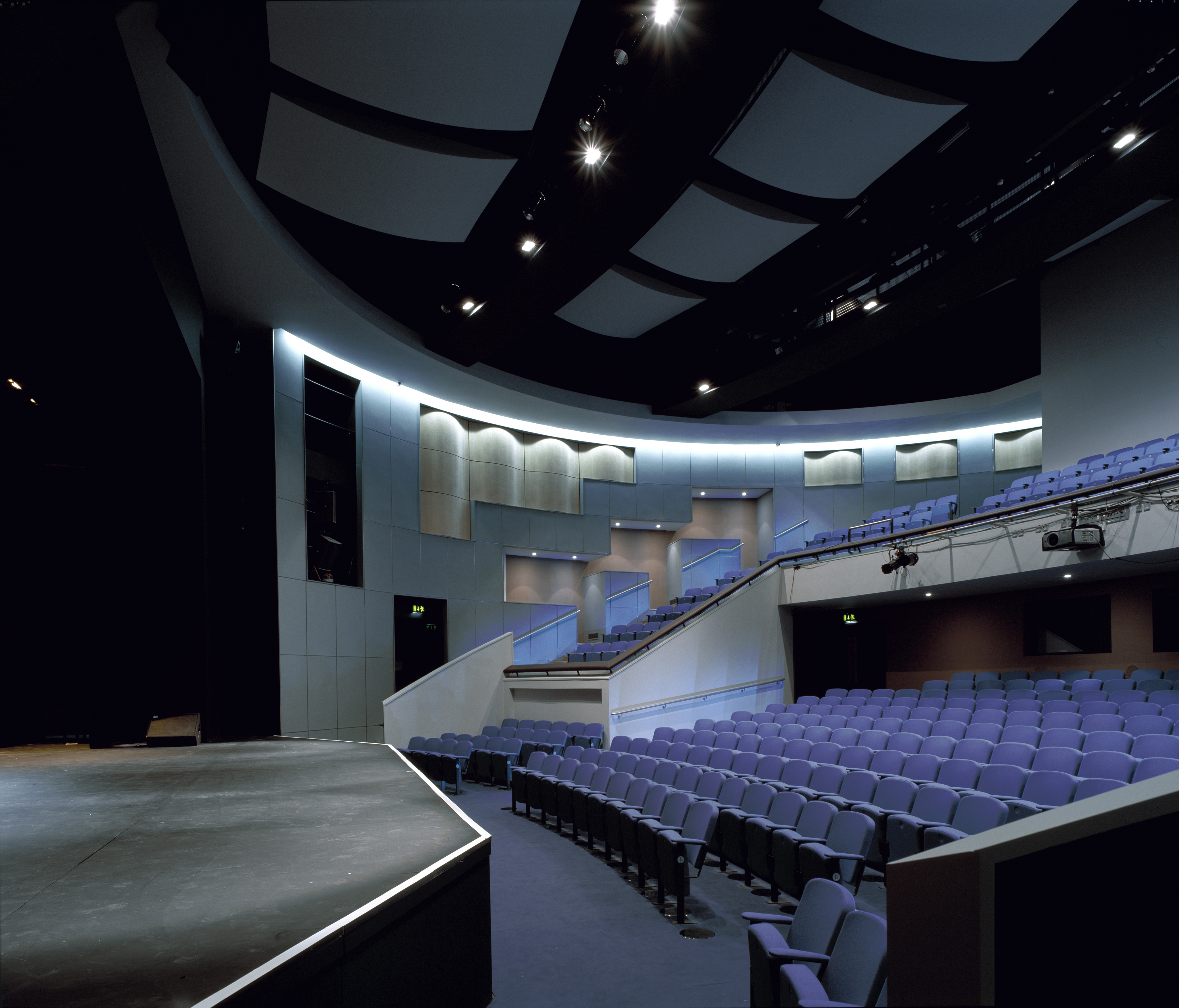
Brindley Arts Centre, Runcorn
Both houses are now listed, and Pillwood is even more prototypical of the high-tech style that Team 4’s founders would go on to popularise, with its green steel frame and staircase and use of materials like fibreglass. Miller’s subsequent work with Colquhoun represents a more conventional materiality. Nevertheless, their housing was especially interesting for the way it found a playful expression of London’s rich and varied vernacular; they built council houses in Camden that blended Le Corbusian white-walled rigour with the idiosyncrasies of Victorian housing.
Receive our daily digest of inspiration, escapism and design stories from around the world direct to your inbox.
Alongside teaching positions at Cornell, Princeton, Manchester and Trinity College Dublin, Miller taught, alongside Kenneth Frampton, at the RCA. Here he helped inspire a new generation of designers with visits to the European pantheon of modernist classics, ensuring architecture’s potential for redefining and enhancing society was given prominence once more.
Miller was made a CBE in 2006 and retired from practice in 2009.
Jonathan Bell has written for Wallpaper* magazine since 1999, covering everything from architecture and transport design to books, tech and graphic design. He is now the magazine’s Transport and Technology Editor. Jonathan has written and edited 15 books, including Concept Car Design, 21st Century House, and The New Modern House. He is also the host of Wallpaper’s first podcast.
-
 Nela is London's new stage for open-fire gastronomy
Nela is London's new stage for open-fire gastronomyA beloved Amsterdam import brings live-fire elegance to The Whiteley’s grand revival
-
 How we host: with Our Place founder, Shiza Shahid
How we host: with Our Place founder, Shiza ShahidWelcome, come on in, and take a seat at Wallpaper*s new series 'How we host' where we dissect the art of entertaining. Here, we speak to Our Place founder Shiza Shahid on what makes the perfect dinner party, from sourcing food in to perfecting the guest list, and yes, Michelle Obama is invited
-
 Matteo Thun carves a masterful thermal retreat into the Canadian Rockies
Matteo Thun carves a masterful thermal retreat into the Canadian RockiesBasin Glacial Waters, a project two decades in the making, finally surfaces at Lake Louise, blurring the boundaries between architecture and terrain
-
 Meet Forefront, a cultural platform redefining the relationship between art and architecture
Meet Forefront, a cultural platform redefining the relationship between art and architectureForefront co-founder Dicle Guntas, managing director of developer HGG, tells us about the exciting new initiative and its debut exhibition, a show of lumino-kinetic sculptures in London
-
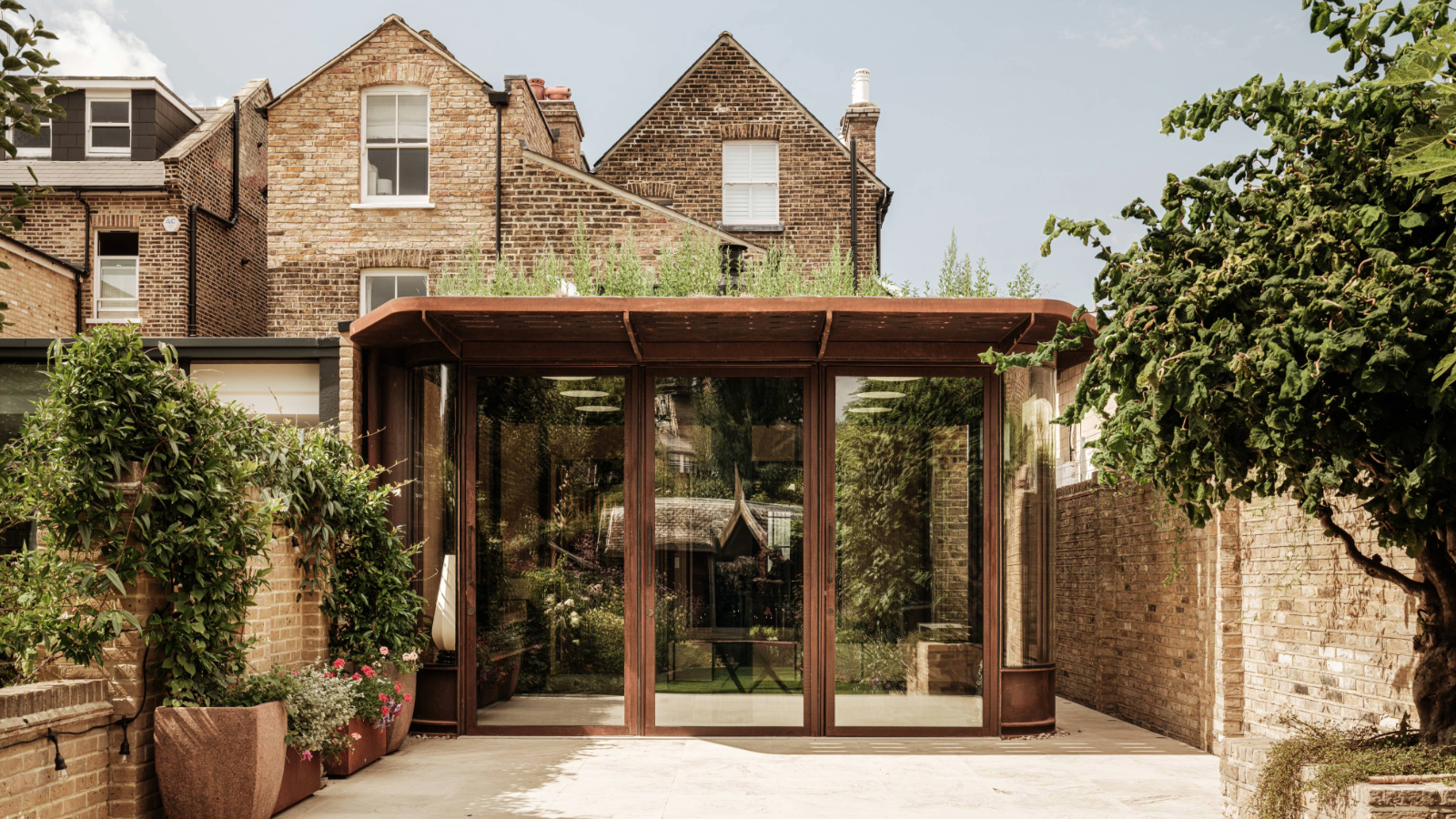 Corten curves and contemporary flair transform this terraced house in London
Corten curves and contemporary flair transform this terraced house in LondonCagni Williams Associates’ sensitive refurbishment of a south London Edwardian house features a striking and sustainable Corten steel extension
-
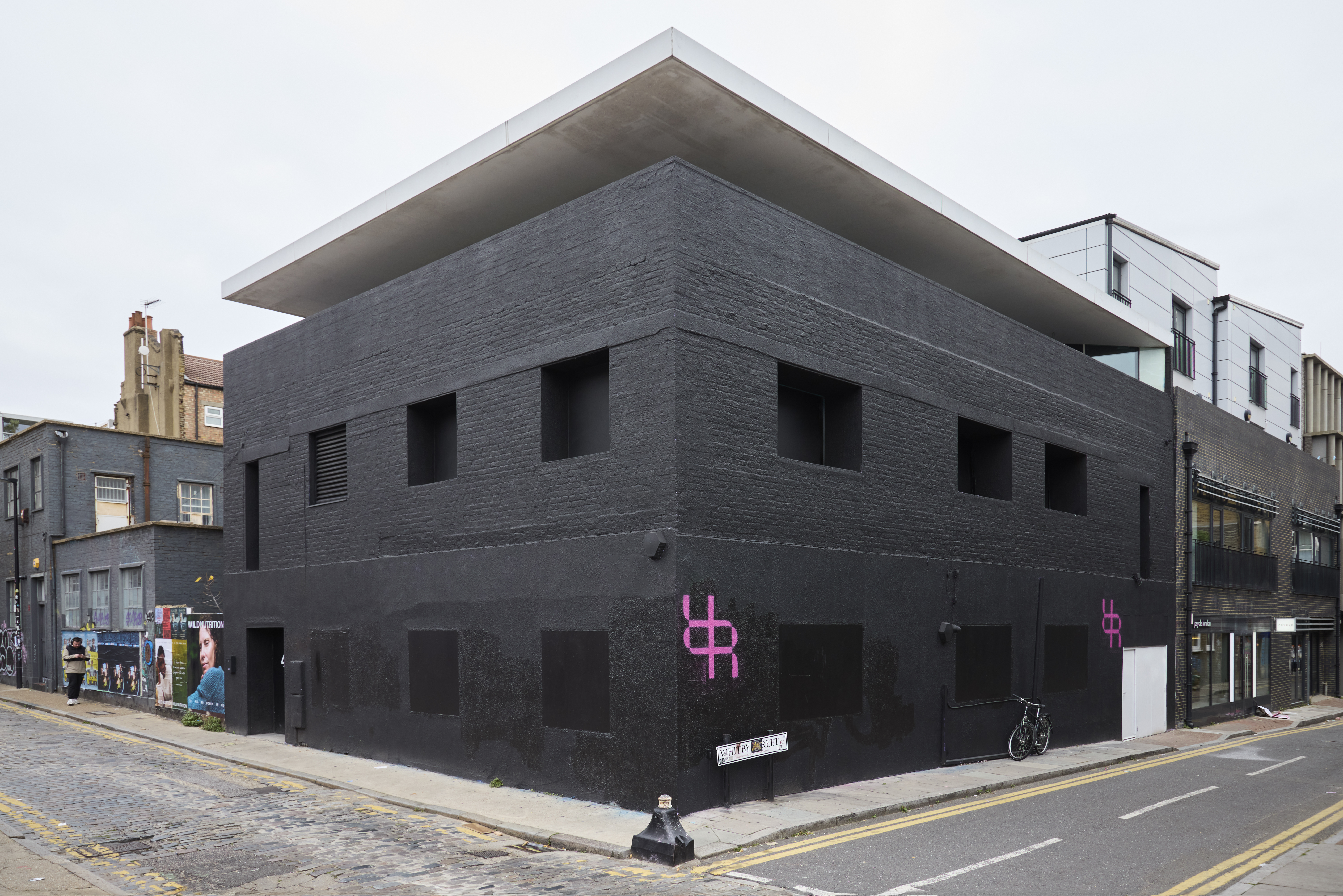 You may know it as ‘Dirty House’ – now, The Rogue Room brings 21st-century wellness to Shoreditch
You may know it as ‘Dirty House’ – now, The Rogue Room brings 21st-century wellness to ShoreditchThe Rogue Room – set in the building formerly known as Dirty House by Sir David Adjaye, now reinvented by Studioshaw – bridges wellness and culture in London's Shoreditch
-
 The architectural innovation hidden in plain sight at Frieze London 2025
The architectural innovation hidden in plain sight at Frieze London 2025The 2025 Frieze entrance pavilions launch this week alongside the art fair, showcasing a brand-new, modular building system set to shake up the architecture of large-scale events
-
 RIBA Stirling Prize 2025 winner is ‘a radical reimagining of later living’
RIBA Stirling Prize 2025 winner is ‘a radical reimagining of later living’Appleby Blue Almshouse wins the RIBA Stirling Prize 2025, crowning the social housing complex for over-65s by Witherford Watson Mann Architects, the best building of the year
-
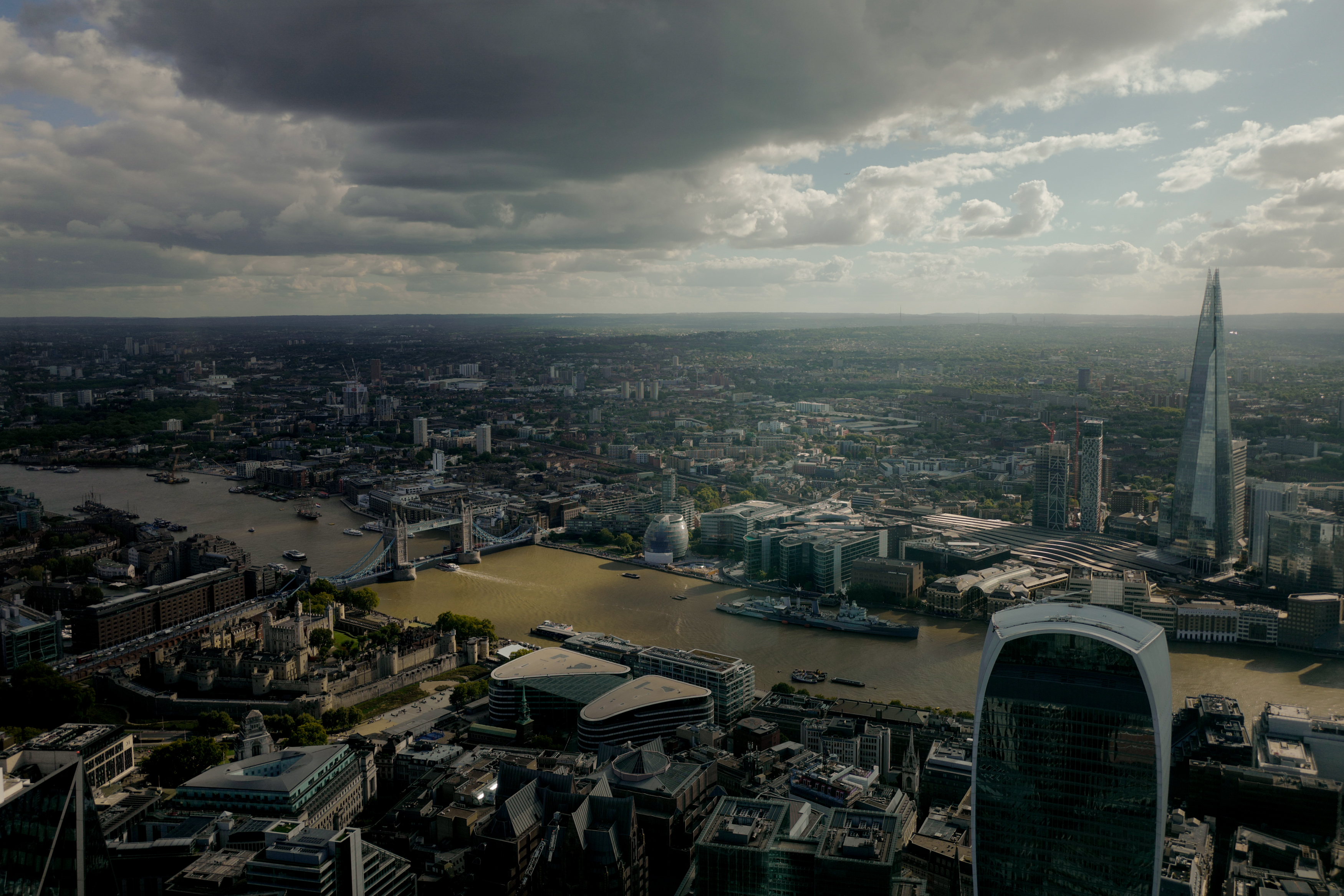 ‘Belonging’ – the LFA 2026 theme is revealed, exploring how places can become personal
‘Belonging’ – the LFA 2026 theme is revealed, exploring how places can become personalThe idea of belonging and what it means in today’s world will be central at the London Festival of Architecture’s explorations, as the event’s 2026 theme has been announced today
-
 Join us on a first look inside Regent’s View, the revamped canalside gasholder project in London
Join us on a first look inside Regent’s View, the revamped canalside gasholder project in LondonRegent's View, the RSHP-designed development for St William, situated on a former gasholder site on a canal in east London, has just completed its first phase
-
 The Royal College of Art has announced plans for renewal of its Kensington campus
The Royal College of Art has announced plans for renewal of its Kensington campusThe Royal College of Art project, led by Witherford Watson Mann Architects, includes the revitalisation of the Darwin Building and more, in the hopes of establishing an open and future-facing place of creativity